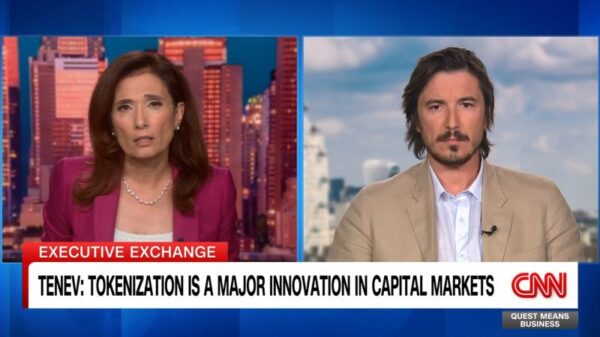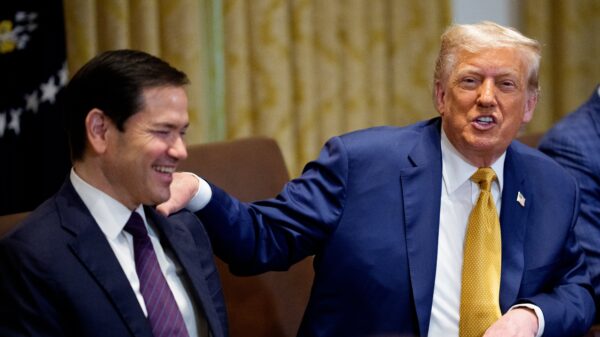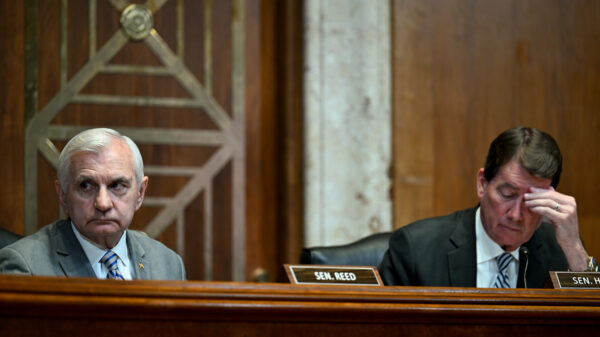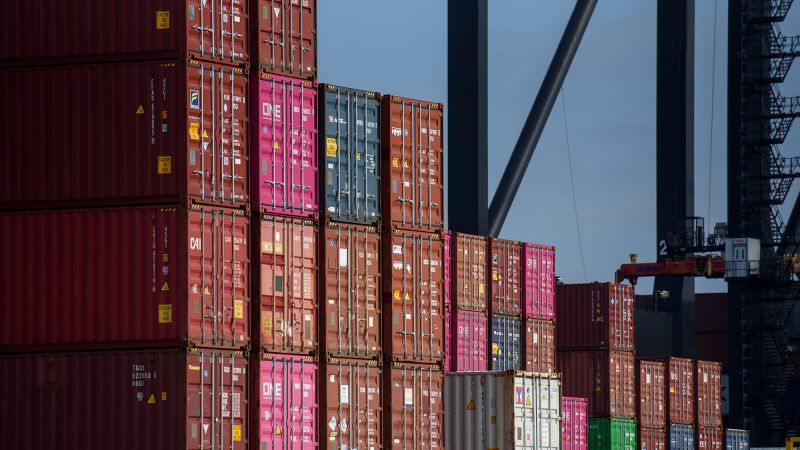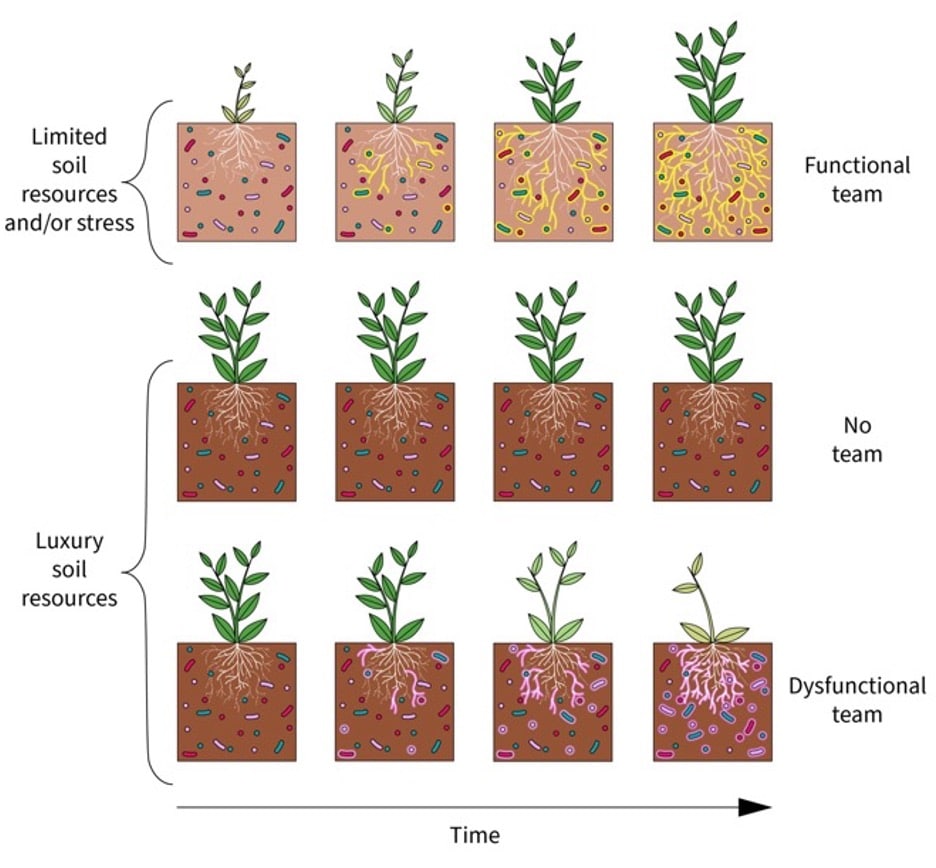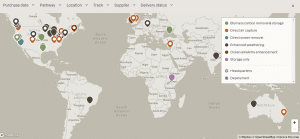President Donald Trump has delayed the implementation of his proposed tariffs on numerous countries, originally set to begin today. The new deadline of August 1, 2024, extends a period of uncertainty for businesses while providing America’s trading partners additional time to negotiate trade deals and potentially avoid significant levies. Economists generally view this postponement positively, as tariffs are often seen as detrimental to both domestic workers and consumers.
Most mainstream economists argue that tariffs tend to harm the very economies that impose them. They point to research indicating that high tariffs do not effectively address the complexities of free trade and often lead to increased costs for consumers. Notably, Scott Bessent, Treasury Secretary, highlighted that current tariffs have not significantly exacerbated inflation or negatively impacted job growth in the United States. He described the situation as “the dog that didn’t bark,” suggesting a misleading sense of stability may exist.
Economic Impact on Consumers
The introduction of tariffs typically results in higher costs for producers, which are often passed on to consumers. According to the Organisation for Economic Co-operation and Development, nearly half of all US imports consist of intermediate goods essential for manufacturing finished products. Doug Irwin, an economics professor at Dartmouth College, explained that increased costs for imported components ultimately lead to higher retail prices for consumers.
This pattern was evident during Trump’s previous term when he introduced tariffs on $283 billion of imports in 2018. A study co-authored by Mary Amiti at the Federal Reserve Bank of New York found a complete pass-through of these tariffs into the prices of imported goods, adversely affecting American consumers. Over the past two decades, low tariffs have kept import prices relatively stable, allowing Americans to enjoy lower costs on a variety of goods.
Economic Output and Uncertainty
Beyond consumer impact, tariffs can also reduce a nation’s overall economic output. A study conducted in 2020, analyzing data from 151 countries between 1963 and 2014, highlighted the persistent negative effects of tariffs on a country’s gross domestic product (GDP). Hugh Gimber, a global market strategist at J.P. Morgan Asset Management, noted that higher tariffs diminish a country’s ability to specialize in its competitive advantages, resulting in lower productivity.
Moreover, the uncertainty surrounding fluctuating tariffs can hinder business investments. The National Federation of Independent Business found that the share of small businesses planning capital expenditures has reached its lowest level since April 2020. The federation remarked, “The economy will continue to stumble along until the major sources of uncertainty, including over tariffs, are resolved.”
Job Market Consequences
While one might expect tariffs to protect or create jobs, evidence suggests the opposite may be true. Irwin pointed to research indicating that the steel tariffs introduced in 2018 resulted in a net job loss, as the downstream industries employed more workers than the steel industry itself. A Federal Reserve Board study indicated that rising input costs due to tariffs led to job losses in American manufacturing, exacerbated by retaliatory tariffs imposed by other countries.
The potential for retaliatory measures can further complicate trade relationships. Trump’s recent announcements regarding tariffs prompted immediate responses from major trading partners, which could lead to higher prices for American exports and decreased demand.
The Complex Costs of Free Trade
Despite the challenges posed by free trade, economists generally agree that its benefits outweigh the negatives. However, they also recognize that free trade can lead to job losses in sectors exposed to foreign competition. Gimber emphasized the importance of providing retraining and support for workers impacted by shifts in trade dynamics, drawing a parallel to the concept of a “just transition” in the context of economic change.
While some argue that tariffs can provide a pathway to strengthen domestic manufacturing, Fatas at INSEAD pointed out that subsidies are often a more effective tool. He emphasized that tariffs do not address the core issues of economic dependency and supply chain vulnerabilities that surfaced during the pandemic.
In conclusion, the postponement of Trump’s tariffs prolongs an environment of uncertainty for American businesses and consumers. As negotiations continue, the potential implications of these tariffs on the economy and job market remain a significant concern for stakeholders across various sectors.




